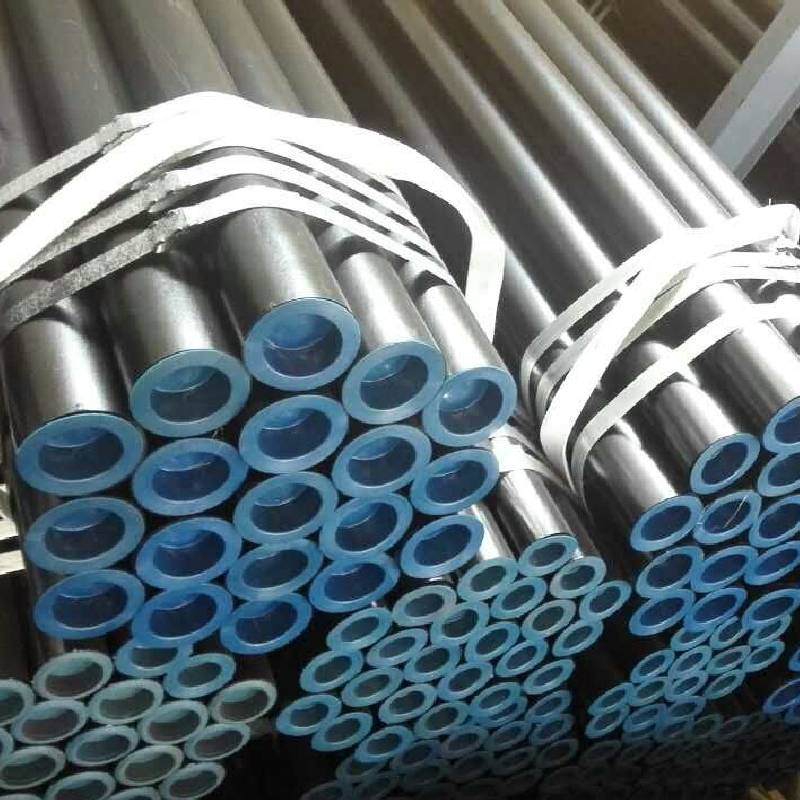-
Cangzhou Yulong Steel Co., Ltd.
-
Phone:
+86 13303177267 -
Email:
admin@ylsteelfittings.com

Sep . 24, 2024 14:31 Back to list
Understanding Class 150 Blind Flanges and Their Applications in Piping Systems
Understanding Class 150 Blind Flanges
In the world of piping and industrial applications, the importance of reliable and sturdy components cannot be overstated. Among these crucial components is the blind flange, specifically the Class 150 blind flange. This type of flange plays a critical role in ensuring the integrity and functionality of piping systems.
Understanding Class 150 Blind Flanges
Blind flanges are constructed according to specific standards and classifications. Class 150 refers to the pressure rating of the flange, which indicates its capability to withstand internal pressure. Typically, Class 150 blind flanges are designed to handle pressures up to 150 psi at a specified temperature. This rating is crucial in applications where the substance being transported may be under high pressure.
class 150 blind flange

In terms of material composition, Class 150 blind flanges can be made from various materials, including carbon steel, stainless steel, and alloy steel. The choice of material often depends on the application requirements such as temperature, pressure, and the type of fluid being contained. For instance, stainless steel blind flanges are preferred in corrosive environments due to their excellent resistance to rust and corrosion.
The installation of a Class 150 blind flange is vital to its performance. Proper sealing techniques and the use of appropriate gaskets are essential to prevent leaks. Typically, gaskets made from materials like rubber, PTFE, or graphite are used to ensure a tight seal. It is also important to adhere to specific torque settings when fastening the flange to avoid over-tightening, which can lead to flange damage.
While installing a Class 150 blind flange, one must follow industry standards and best practices. This includes performing routine inspections to ensure the integrity of the flanges and regularly checking for any signs of wear or corrosion. Neglecting these maintenance practices can lead to failures, which can be dangerous and costly.
In summary, Class 150 blind flanges are essential components in many piping systems, providing closure and enabling maintenance without disrupting the flow of operations. Their ability to seal off pipes effectively under specified pressure ratings makes them invaluable in various industrial applications, from oil and gas to water treatment and chemical processing. Understanding their characteristics, materials, and installation procedures is crucial for engineers and technicians who aim to maintain efficiency and safety in their systems. As industries evolve, the importance of durable and reliable components like Class 150 blind flanges will remain paramount in ensuring the smooth operation of complex piping systems.
Latest news
-
ANSI 150P SS304 SO FLANGE
NewsFeb.14,2025
-
ASTM A333GR6 STEEL PIPE
NewsJan.20,2025
-
ANSI B16.5 WELDING NECK FLANGE
NewsJan.15,2026
-
ANSI B16.5 SLIP-ON FLANGE
NewsApr.19,2024
-
DIN86044 PLATE FLANGE
NewsApr.19,2024
-
DIN2527 BLIND FLANGE
NewsApr.12,2024
-
JIS B2311 Butt-Welding Fittings LR/SR 45°/90° /180°Seamless/Weld
NewsApr.23,2024
-
DIN2605-2617 Butt-Welding Fittings LR/SR 45°/90°/180° Seamless/Weld
NewsApr.23,2024











